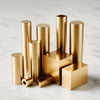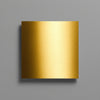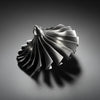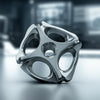The Critical Role of Fixtures in CNC Machining: Precision Enablers for Prototypes & Low-Volume Production
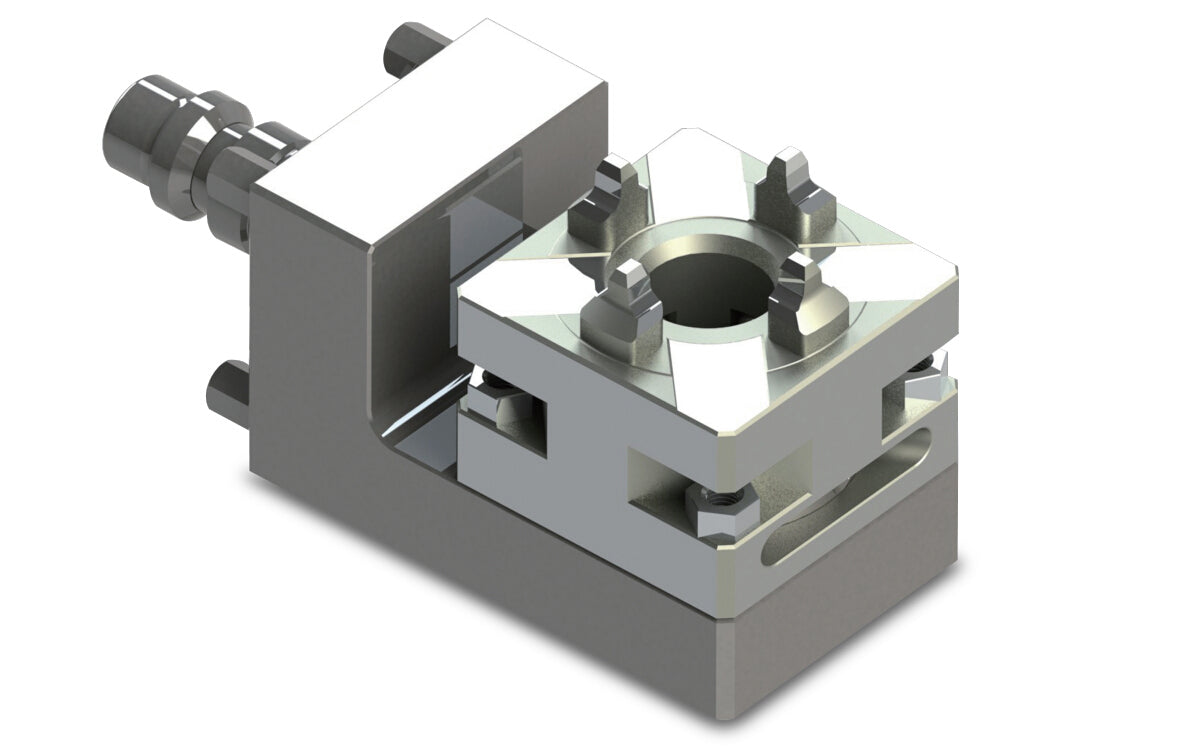
Introduction
In prototype and low-volume CNC machining, where every part counts and margins are tight, fixtures are the unsung heroes of manufacturing success. More than simple clamps, they are precision-engineered solutions that bridge design intent and machined reality. For engineers managing NPI (New Product Introduction) or small-batch production, understanding fixturing is non-negotiable.
Why Fixtures Matter Beyond Mass Production
While high-volume runs justify custom fixtures, prototypes/low volumes demand strategic flexibility. Key challenges fixturing solves:
-
Accuracy Assurance
-
Prevent deflection in thin-walled prototypes (±0.05mm tolerance loss common without proper support)
-
Maintain datum consistency across multiple setups
-
-
First-Part Success
-
Eliminate trial-and-error positioning (Critical for <50pcs batches)
-
-
Scalable Efficiency
-
Reduce setup time by 60-80% vs. manual positioning
-
4 Fixturing Strategies for Prototype/Low-Volume Success
1. Modular Fixture Systems
-
Components: Mitee-Bite clamps, 80/20 aluminum frames, magnetic bases
-
Best For: Iterative design changes
-
Savings: Reconfigure in <15 minutes vs. 4+ hours for custom jigs
2. Vacuum Fixturing
-
Applications: Flat/thin parts (<3mm), composites, non-ferrous metals
-
Advantages:
-
Zero part obstruction (360° machining access)
-
Even pressure distribution (Prevents warping in aerospace prototypes)
-
-
Limitations: Unsuitable for heavy milling operations
3. Soft Jaws (Custom-Machined)
-
Process: Machine vise jaws to part contour during first-op
-
Precision: Achieve <0.01mm repeatability for second-op features
-
Cost: 70% cheaper than hardened custom fixtures
4. 3D-Printed Fixtures
-
Materials: High-temp resins (e.g., Carbon RPU), nylon composites
-
Use Cases:
-
Holding fragile medical prototypes
-
Complex organic shapes (Drones, automotive housings)
-
-
Lead Time: 8-24 hours vs. 5+ days for metal fixtures
The Hidden Costs of Poor Fixturing (Data-Driven Insights)
| Scenario | Prototype Impact (Per 10pcs Batch) |
|---|---|
| Manual repositioning | +3.5 hours setup time |
| Part vibration/deflection | 15-30% scrap rate |
| Inconsistent datum points | +$1,200 inspection/remachining costs |
*Source: SME Study on Low-Volume Machining Efficiency (2023)*
5 Fixture Design Principles for Engineers
-
Access > Rigidity
Prioritize toolpath clearance over excessive clamping (Use edge grips instead of top clamps where possible). -
Zero-Point Systems (ZPS)
Implement quick-change pallets (e.g., Erowa, System 3R) for multi-machine workflows. -
Metrology Integration
Design fixtures with probing access for in-process verification. -
Scalability Planning
Plan for future volumes: Can soft jaws be converted to PEEK molds? Does modular fixture allow rapid expansion? -
DFF (Design for Fixturing)
Collaborate with machinists early to add:-
3° draft angles for vacuum seals
-
Tool access channels
-
Temporary datum geometries
-
Real-World Case: Medical Device Prototype
Challenge: Machine titanium spinal implant (0.8mm thin walls) with 5µm surface finish.
Fixture Solution:
-
Vacuum plate with custom silicone gasket
-
3D-printed PETG support lattice
Outcome: -
Scrap rate reduced from 40% to 3%
-
Surface finish compliance: 100%
Conclusion: Fixturing as Strategic Investment
In prototype and low-volume CNC machining, fixtures are not expenses—they’re accuracy multipliers and risk mitigators. The right fixturing strategy delivers:
✅ First-article success rates >95%
✅ Per-part cost reduction up to 35%
✅ Scalability from 1 to 1,000 units
Partner with machinists who treat fixturing as a core engineering discipline, not an afterthought.
Ready to Optimize Your Next CNC Project?
XTJ specializes in fixture-driven precision for prototypes and low-volume batches.
Request a free fixturing assessment for your project:
hcc@xintianjian.com.cn
-
Posted in
CNC workholding, fixture, low-volume fixtures, machining accuracy, prototype CNC machining

